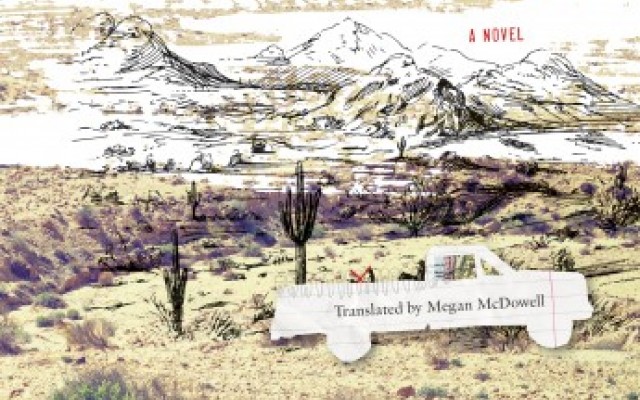Teaching Translation: Natasha Wimmer

Teaching Translation is a series of interviews with translators who also teach. To kick things off, Exchanges spoke with Natasha Wimmer, the translator from Spanish perhaps best known for her work on Roberto Bolaño’s Savage Detectives and 2666. Her most recent book, a translation of Álvaro Enrigue’s Sudden Death, was published in February 2016.
How would you describe the translation classes you teach?
I teach two literary translation classes. Both are workshops, but one is an undergraduate class at Princeton for students translating solely from Spanish and the other is a graduate (MFA) class at Columbia for students translating from any language.
Sometimes people say creative writing can’t be taught. Do you think that’s true of translation?
The short answer is no. Translation is a craft, and it can be learned. When I was starting out, translation courses were few and far between. The first time that I taught a workshop, I tried to make it the course I wished I’d taken all those years ago. One of the key lessons that students learn is how to approach the foreign text. Beginning translators often translate very closely, afraid of betraying the original. With practice, the translation student learns to translate more loosely and confidently, mindful of the spirit of the text as well as the letter. There are plenty of smaller, more practical lessons and strategies to be learned, too.
That said, some students do have a natural advantage. Skilled and flexible writers will find translation easier, as will assiduous readers.
What role does translation theory play in your classroom? How about the practice of translation—what translation exercises do you have your students practice?
Translation theory plays a relatively small role in my classroom. I don’t have an academic background in theory and my classes focus on practice, but I do make reference to some debates and discussions that interest me. The question of domestication vs. foreignization always comes up, for example, and I try to explain it in practical terms, with reference to Pevear and Volokhonsky’s translations of the Russian classics and Lydia Davis’s translations of Madame Bovary and Proust. In general, I tend to assign readings by translators or critics, rather than academics. Students in my undergraduate classes translate three short texts at the beginning of the semester before choosing their own projects to work on; graduate students dive right into independent translations. Many students work on short stories; others choose essays, poetry, or drama (all previously untranslated).
How has teaching informed your own translation work? Has teaching translation helped you discover things about your own translation practice?
Teaching translation has been great for my own translation work. Most importantly, it’s helped me articulate what I do when I translate. Translation can be an intuitive act, and that’s what it was for me at first, but I enjoy it more now that I’m equipped to think about it critically. It’s also broadened my sense of the translation world and my place in it. I’m always inspired, too, by how much my students love translation, and I learn a lot from their work.
Do you think it’s possible to fully evaluate a translation from a language you don’t know?
This is a question I’ve thought a bit about, since in my Columbia class I teach students translating from many different languages. Evaluation is definitely possible, but authority is sometimes lacking—it’s harder to argue with students who defend an opaque or dubious passage with the claim “that’s what it says in the original.” Still, it is possible to point out inconsistencies of tone or style and often even to guess at misreadings. I find it helpful to ask students to paraphrase the original text, since this can provide clues to problem sections.
Image: Courtesy of New Directions Publishing




